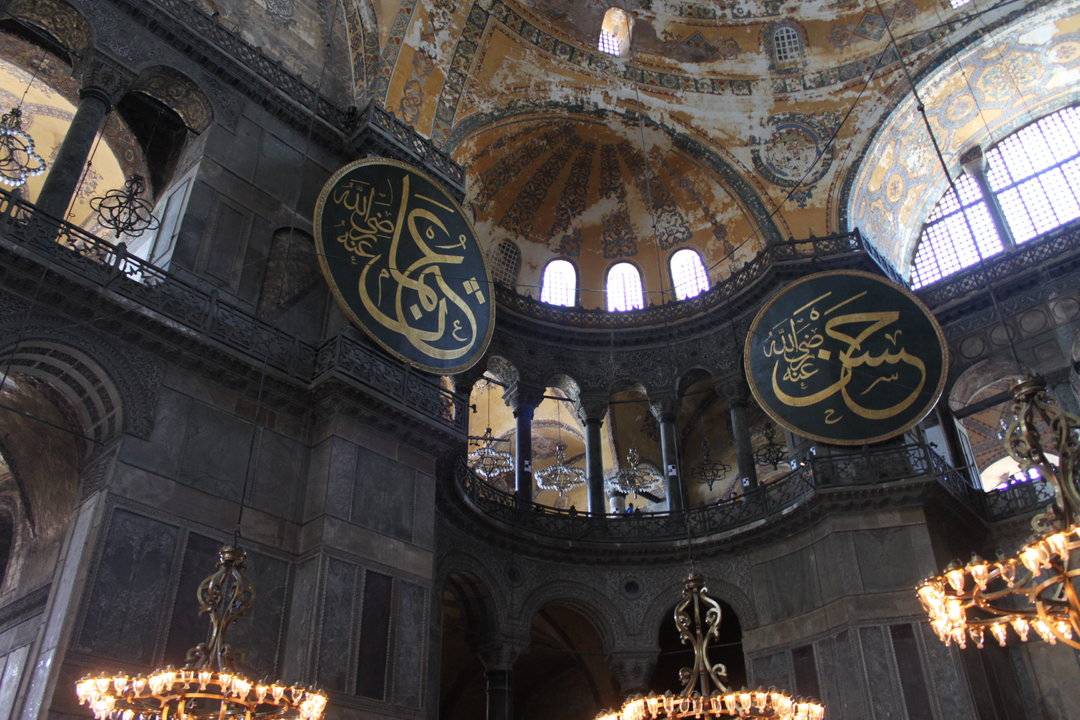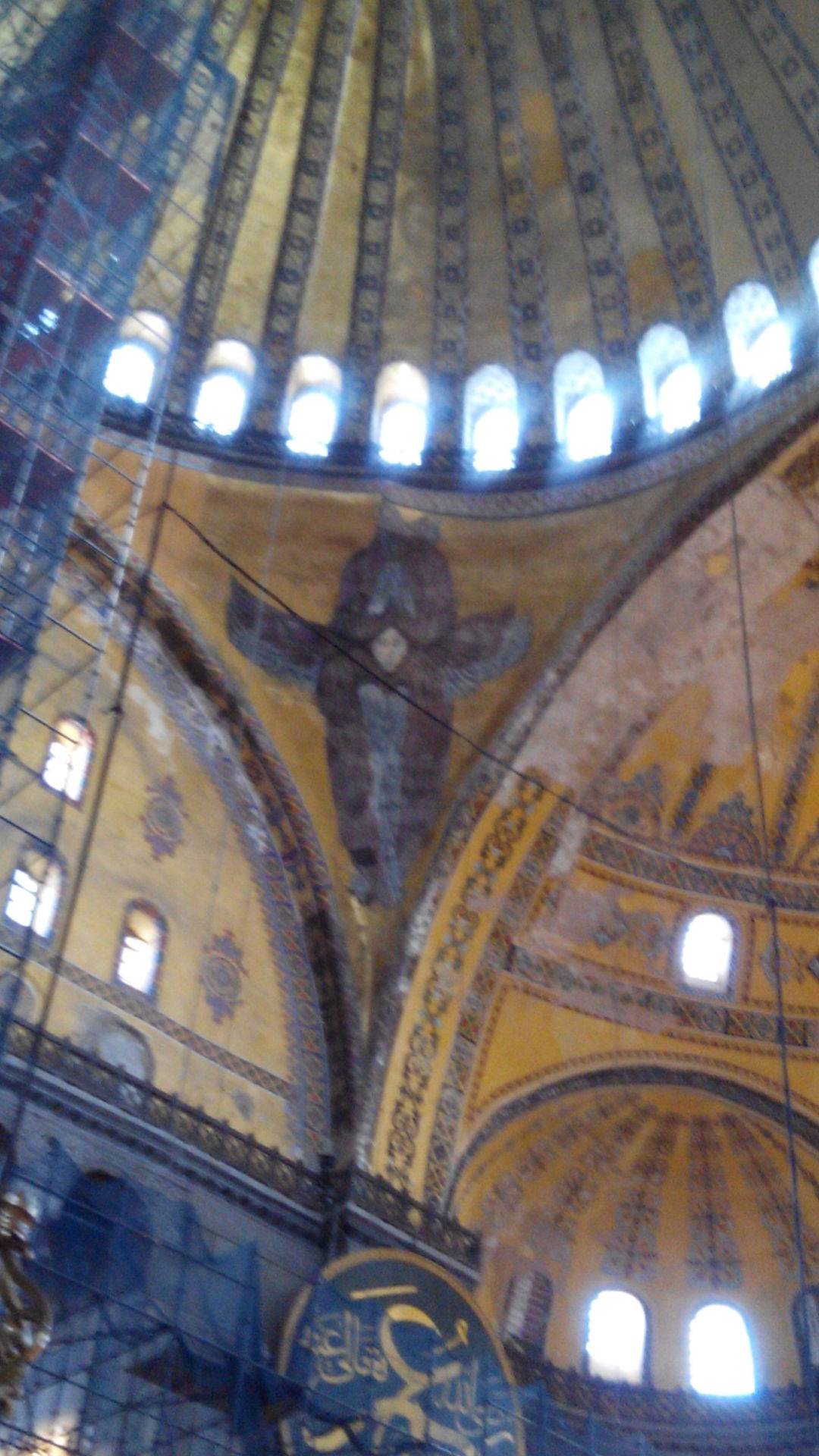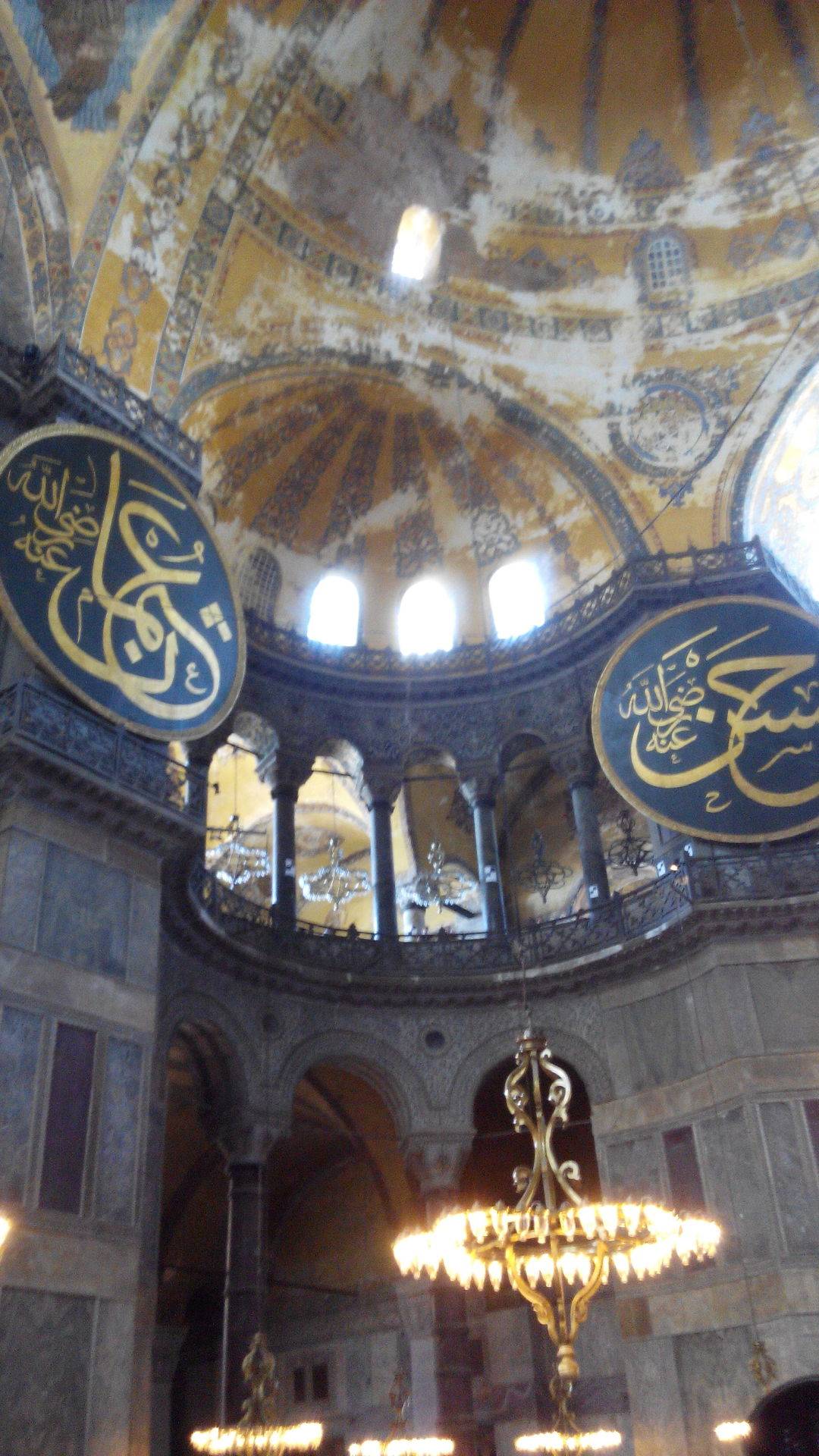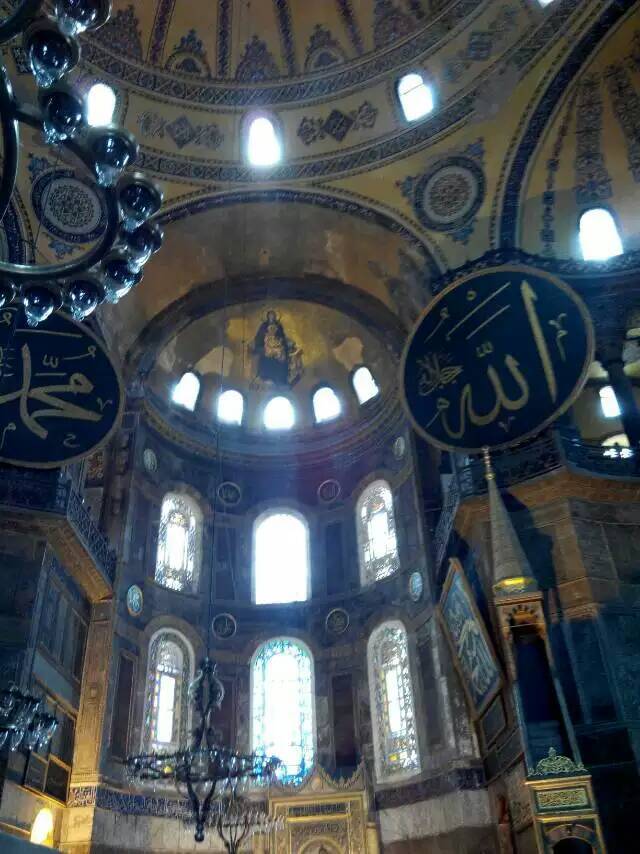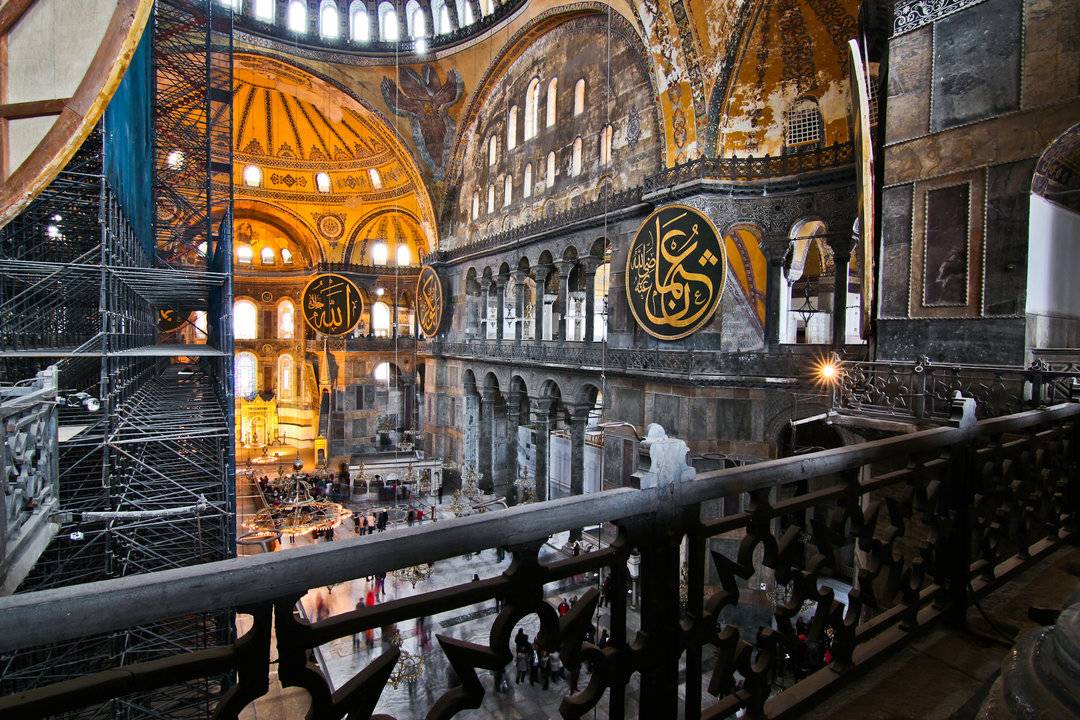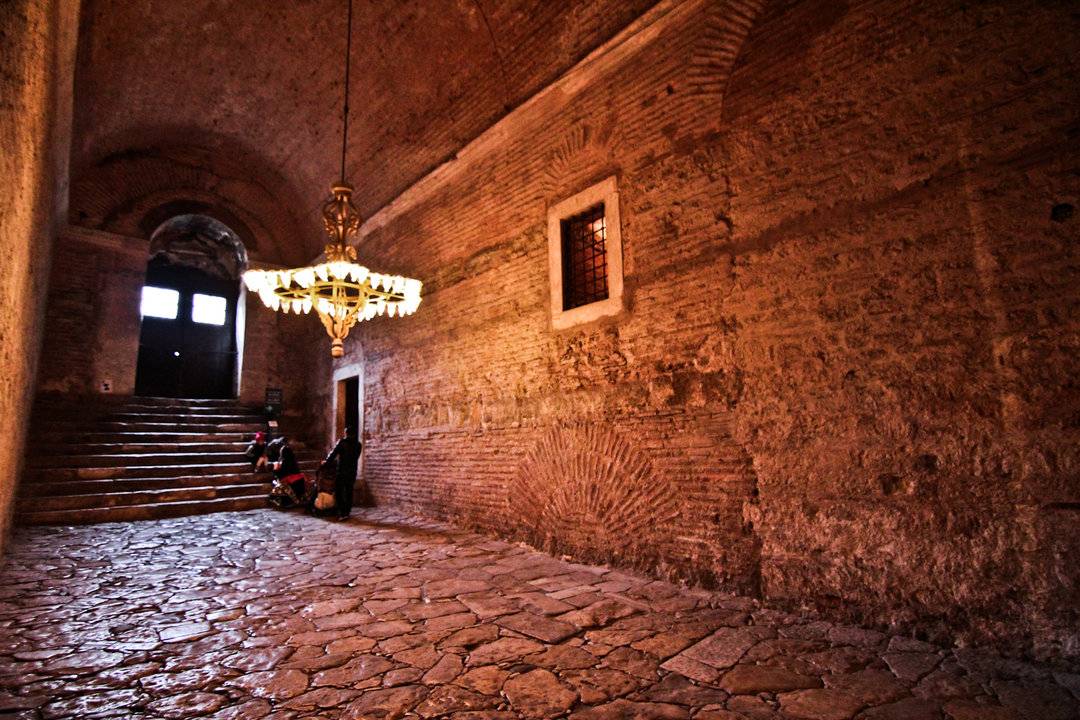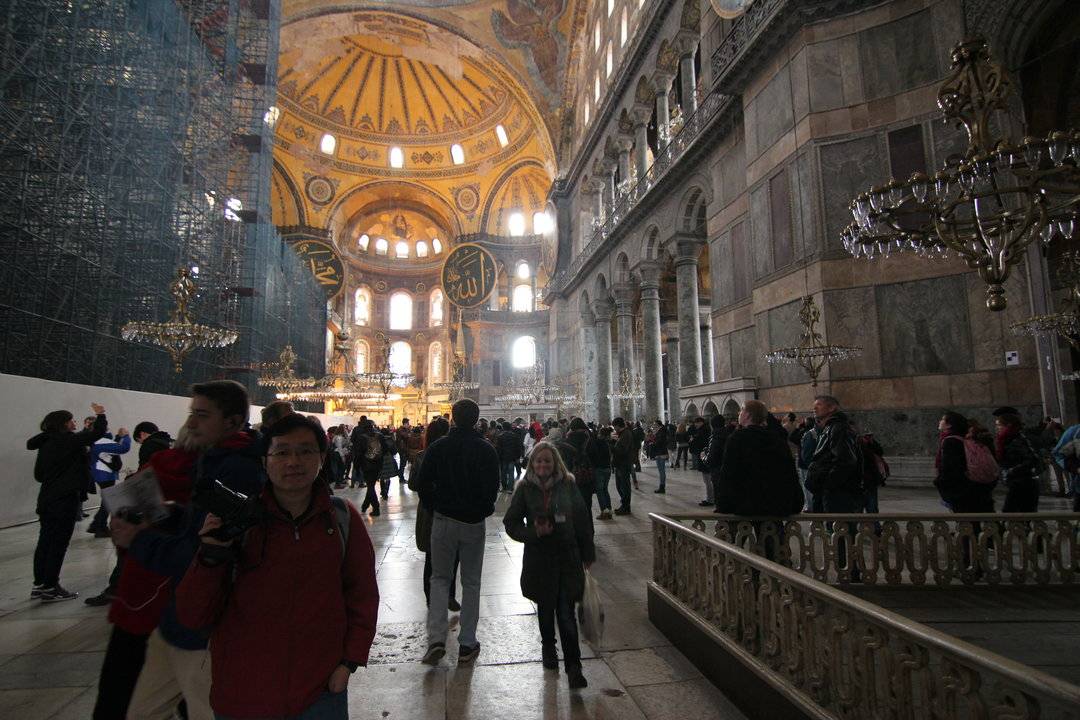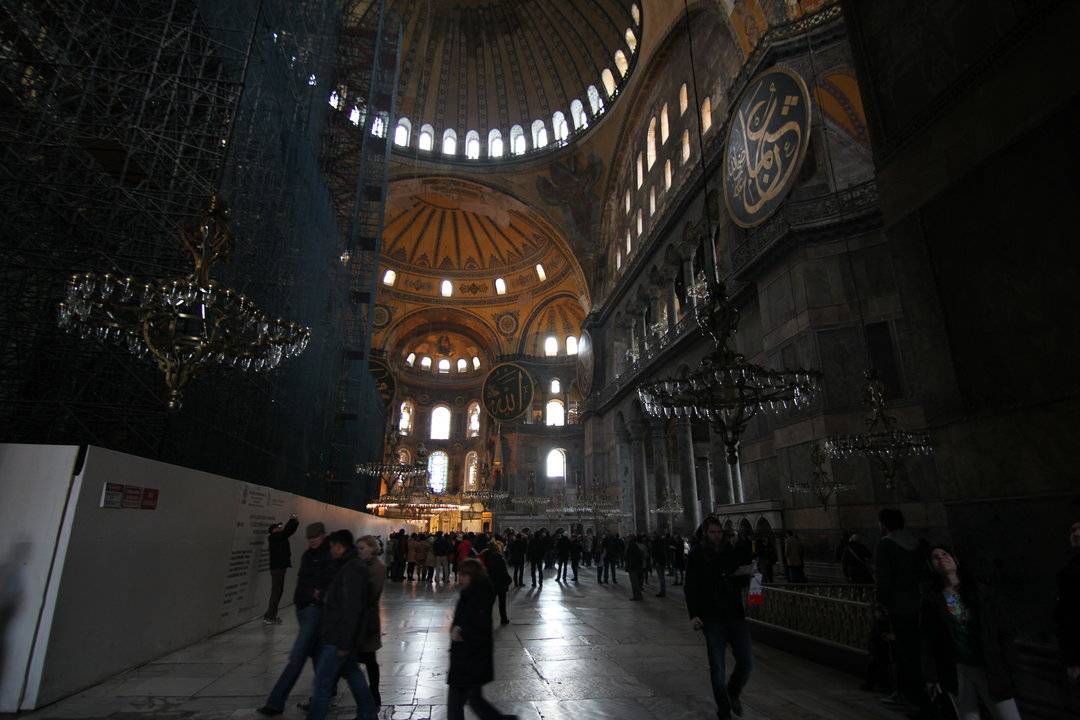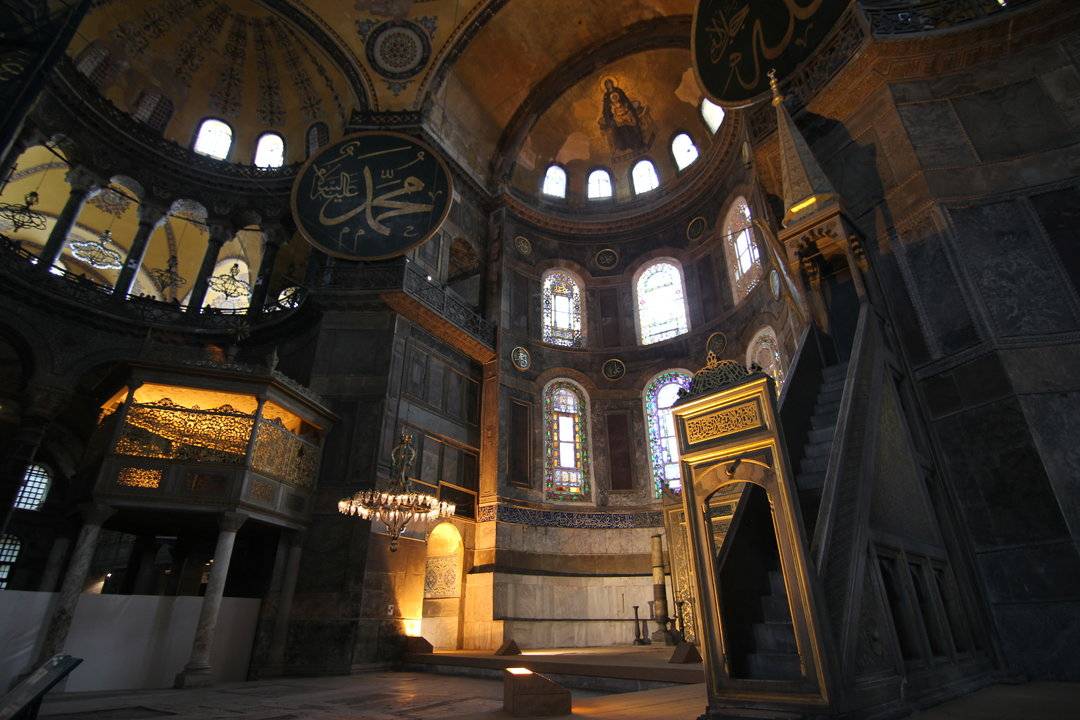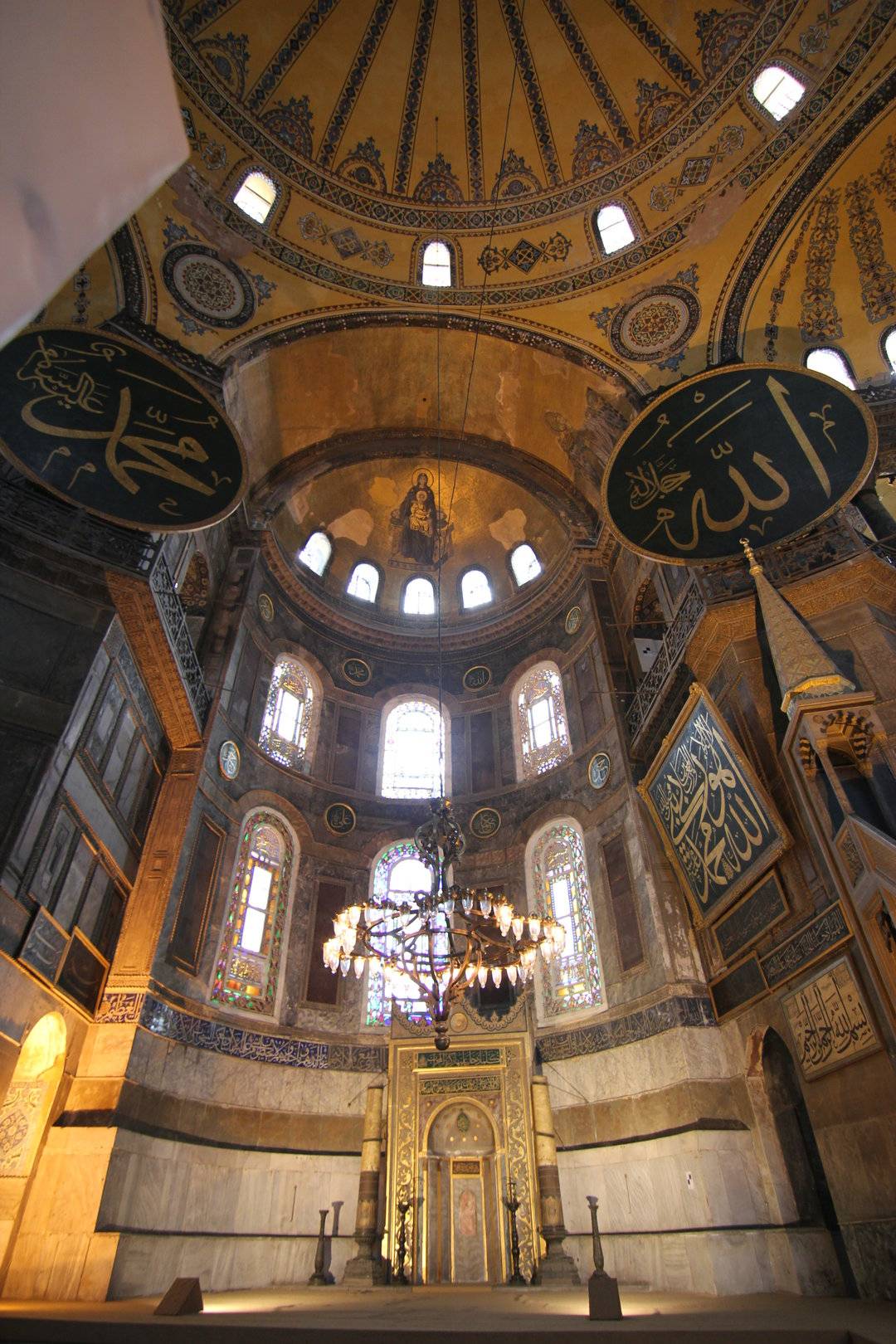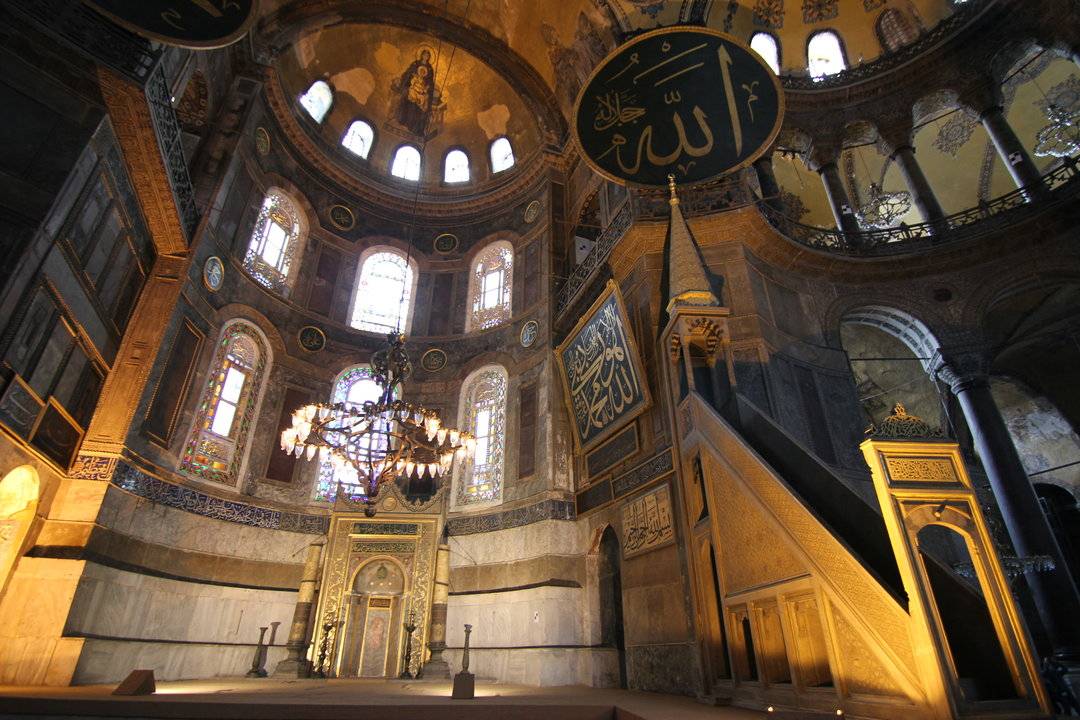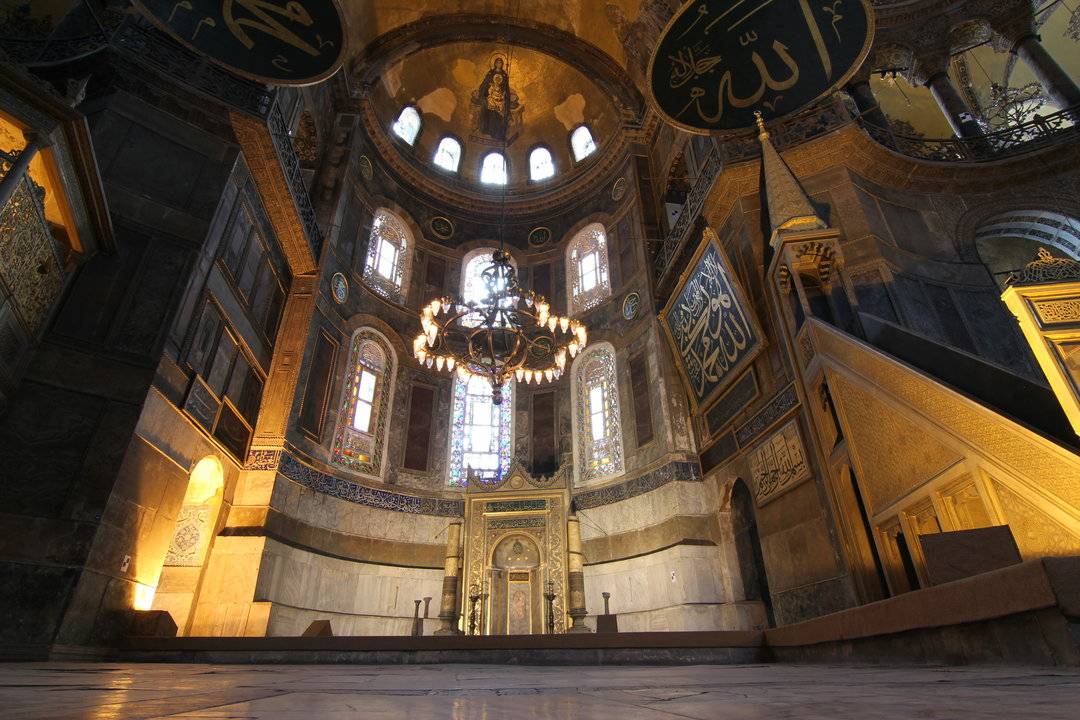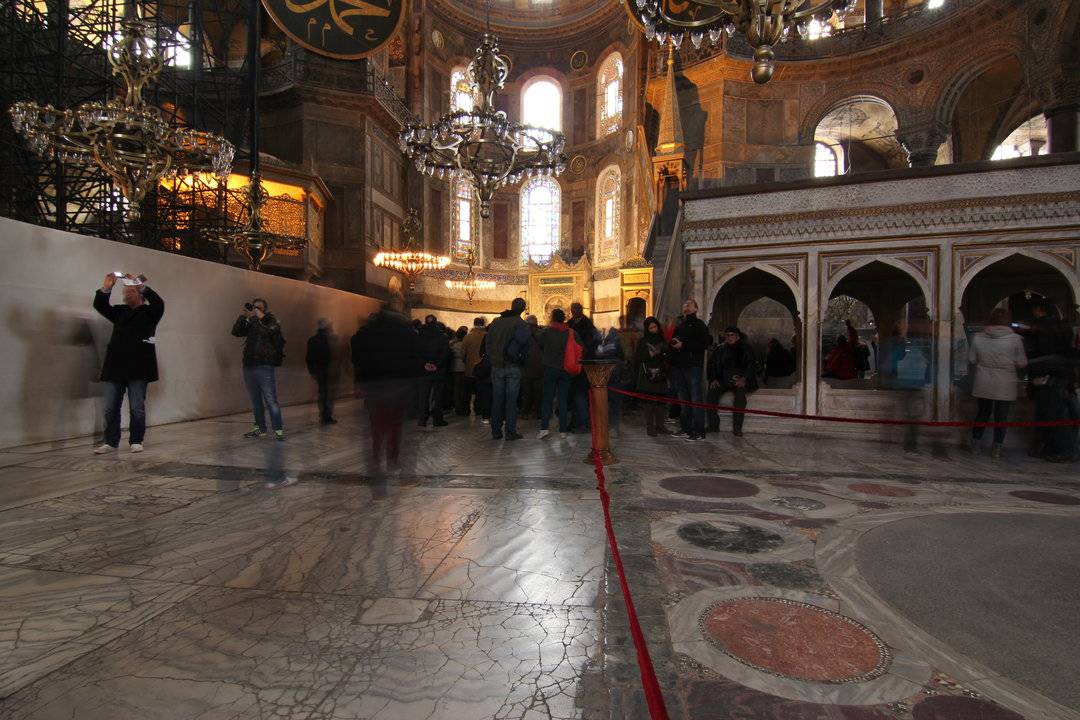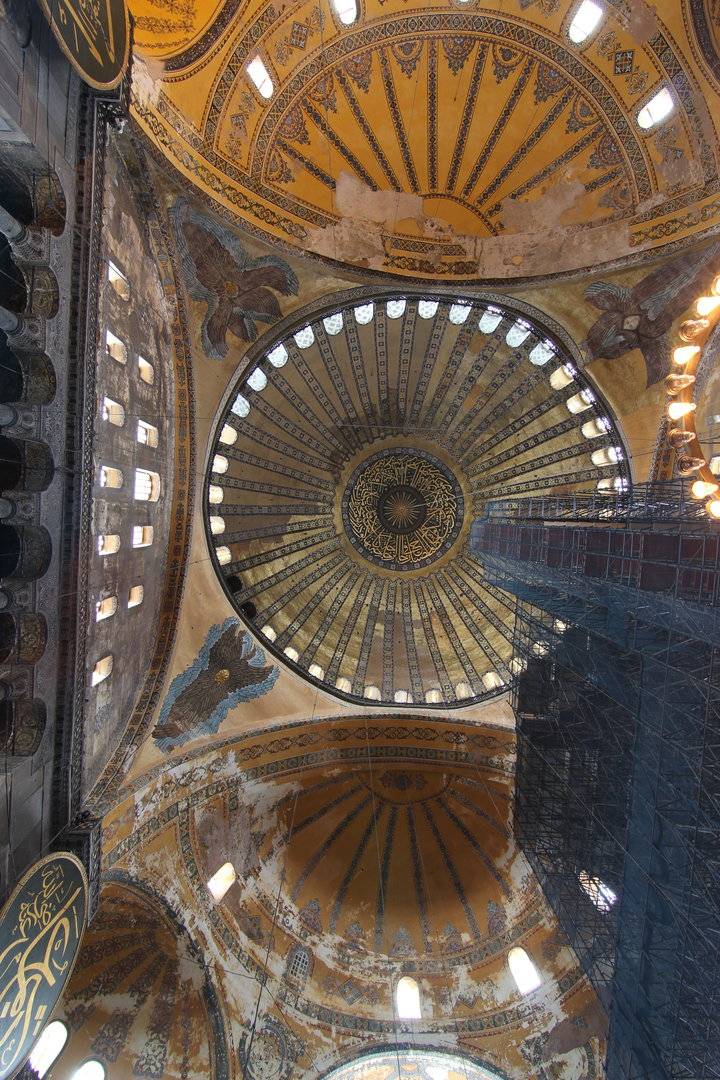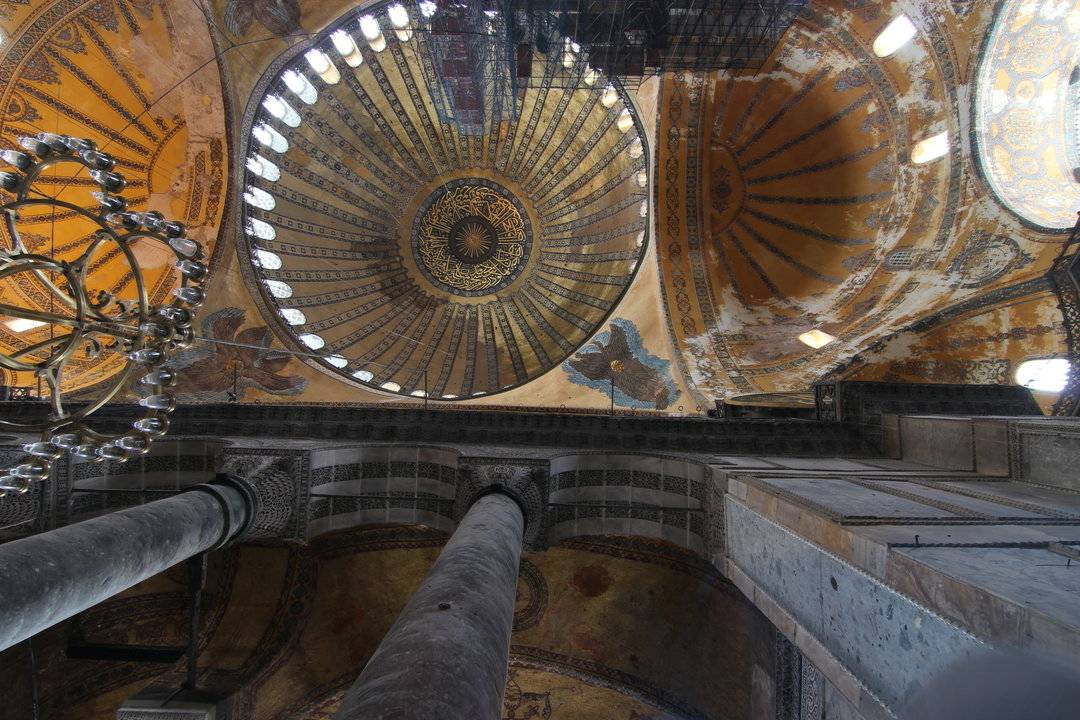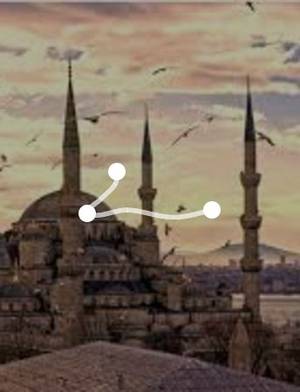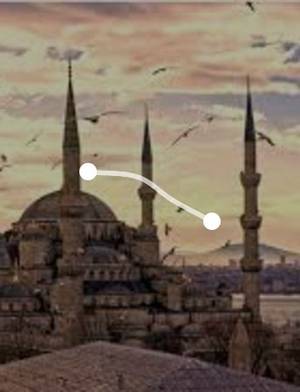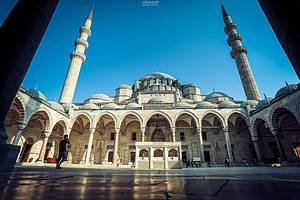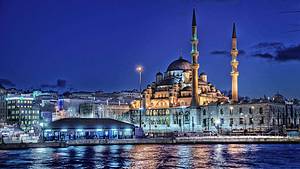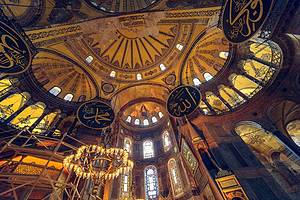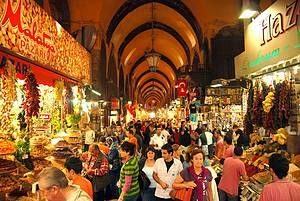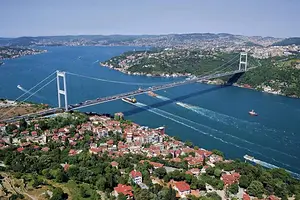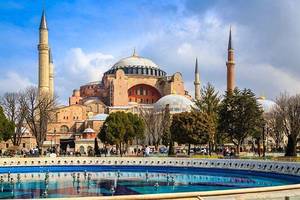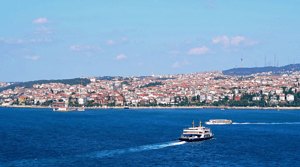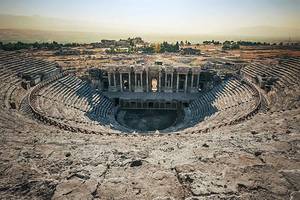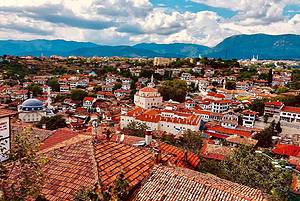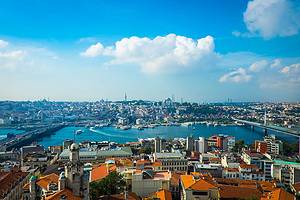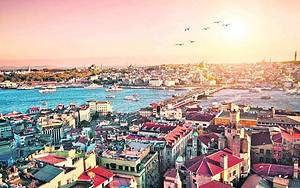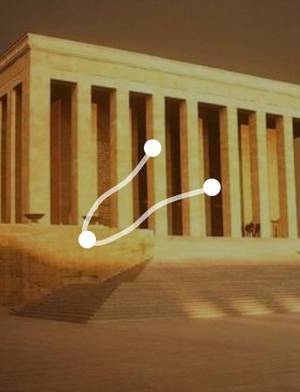Aya Sofya, A Monumental Journey Through Art and Faith
4.6
Introduction
The Hagia Sophia is renowned for its rich history and impressive architecture. Established by Emperor Constantine in 325 AD, it was originally built to honor the goddess of wisdom, Sophia. Over the centuries, the church has undergone multiple wars and reconstructions, and was rebuilt by Emperor Justinian in 537 AD to its present state. For over 900 years, the Hagia Sophia served as a Christian church until it was converted into a mosque by the Ottomans after they conquered Istanbul in 1453.
Since 1935, the Hagia Sophia has served as a museum and attracts countless visitors. The interior of the building features magnificent mosaics, providing a glimpse into the history and art of the Byzantine culture. The site also houses the tombs of Ottoman rulers, such as Sultan Selim II, Sultan Mehmed III, and Sultan Murad III and their families, as well as the fountain of Sultan Mehmed I, a library, a school, a soup kitchen, and the rooms where the imams of the mosque lived.
As a iconic structure in Turkish history, the Hagia Sophia displays the country's rich architecture and cultural heritage. Opening hours From April 15th to October 25th, the opening hours are from 9:00 to 19:00, with ticket sales stopping at 18:00. From October 25th to April 15th, the opening hours are from 9:00 to 17:00, with ticket sales stopping at 16:00.
Transportation You can choose to take T1 and get off at Sultanahmet stop.
 Really like the Islamic style of dome architecture
Really like the Islamic style of dome architecture
